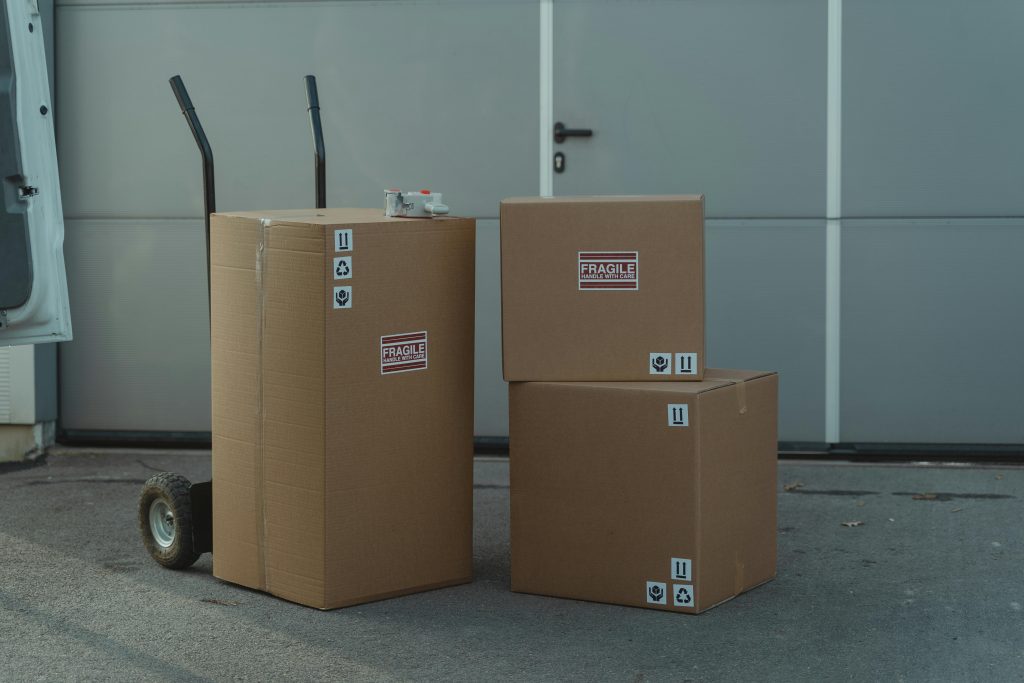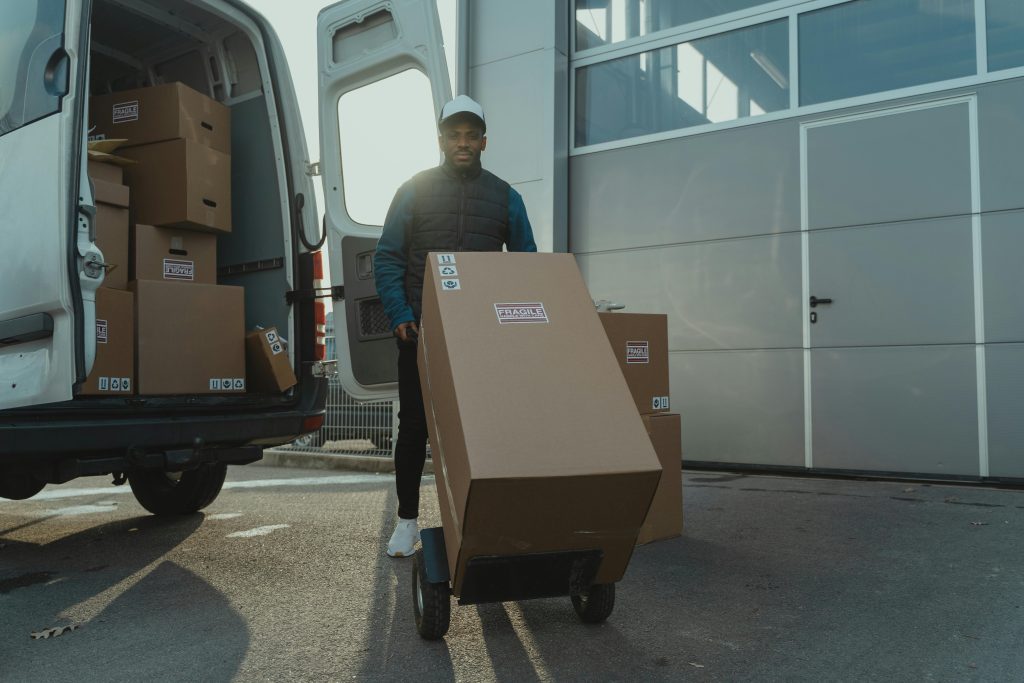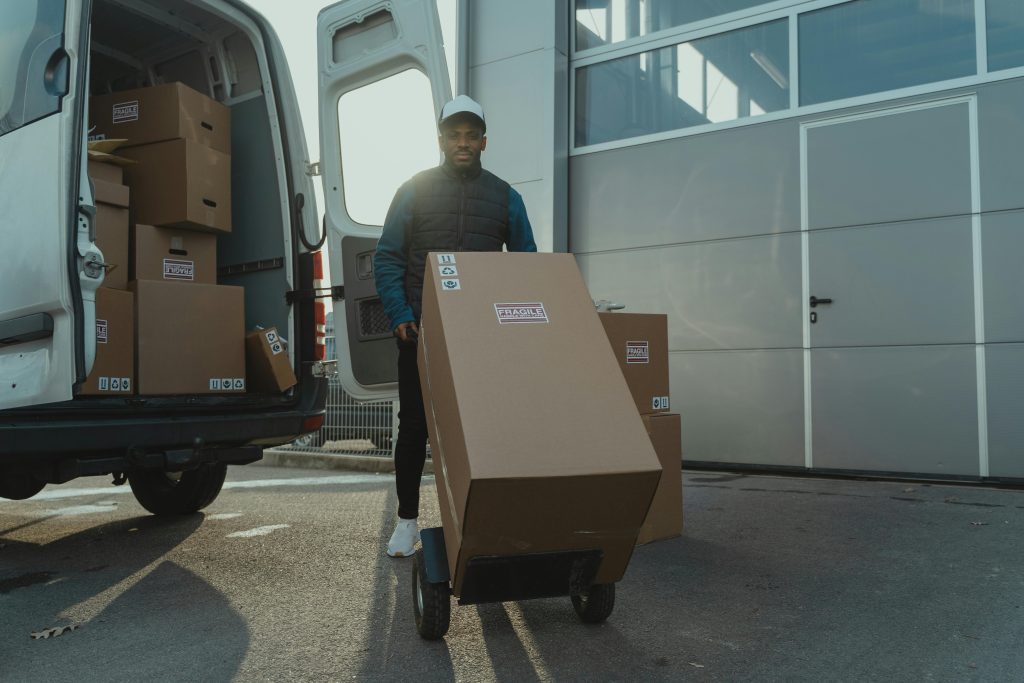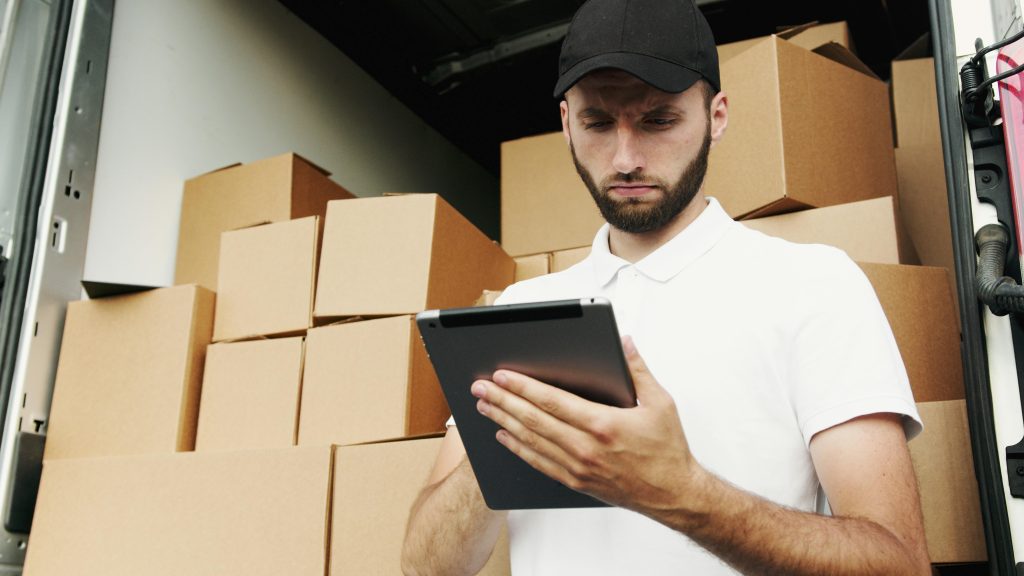Introduction
In the world of e-commerce, warehousing, and logistics, cartonization has emerged as a game-changing practice. At its simplest, cartonization is the process of selecting the optimal box or carton size to ship a given set of items. But beneath that straightforward definition lies a sophisticated interplay of software algorithms, packaging materials, and operational workflows. When executed well, cartonization reduces shipping costs, minimizes environmental impact, and improves customer satisfaction by ensuring products arrive intact. In this post, we’ll unpack what cartonization entails, explore its key benefits, examine how modern systems accomplish it, and explain why—whether you’re a small online seller or a large 3PL operator—it deserves a spot at the top of your logistics priorities.

What Is Cartonization?
At its core, cartonization addresses the question: “Which box or boxes should I use to ship these items together?” Rather than relying on human guesswork or a one-size-fits-all approach, cartonization systems:
- Analyze Order Contents: Dimensions, weights, fragility, and compatibility of individual items.
- Evaluate Available Carton Sizes: Standardized box dimensions, including length, width, height, and load ratings.
- Optimize for Fit and Protection: Arrange items within candidate box geometries to maximize space utilization while safeguarding products.
- Select One or Multiple Cartons: Generate a “packing plan” that may use a single box or split items across multiple cartons if necessary.
This optimized pairing of items to cartons is sometimes called “box-size optimization” or “palletization,” though cartonization specifically focuses on individual shipments.
Key Benefits of Cartonization
1. Reduced Shipping Costs
- Dimensional weight savings: Carriers bill based on DIM weight (volume) or actual weight—whichever is greater. Right-sizing cartons reduces billable DIM weight.
- Fewer packages: Efficient packing often consolidates what might have been two undersized boxes into a single, properly filled carton.
2. Enhanced Sustainability
- Less packaging waste: Using only the necessary box volume cuts down on excess cardboard and void-fill materials.
- Lower carbon footprint: Smaller shipments consume less space on trucks and planes, reducing greenhouse-gas emissions per order.
3. Improved Order Accuracy and Throughput
- Automated packing plans: Warehouse associates follow system-generated instructions, reducing errors and training time.
- Faster packing: Pre-determined box assignments eliminate guesswork and trial-and-error in the packing station.
4. Better Customer Experience
- Intact deliveries: Optimized carton fit stabilizes items during transit, lowering damage rates.
- Professional presentation: Neatly packed boxes elevate brand perception and reduce returns due to poor unboxing experiences.

How Cartonization Works: From Rules to AI
Rule-Based Systems
Early cartonization relied on straightforward IF-THEN logic:
pgsqlCopyEditIF total volume < box A volume AND max dimensions fit, THEN pick box A
ELSE IF total volume < box B volume, pick box B
ELSE split into multiple boxes
While simple to implement, rule-based approaches struggle with irregularly shaped items and multi-item orders that benefit from more nuanced arrangements.
Algorithmic Packing
Modern systems apply bin-packing algorithms—an NP-hard problem in computer science—using heuristics like:
- First Fit Decreasing (FFD): Sort items by volume and place each into the first box where it fits.
- Best Fit: Evaluate all box candidates and choose the one that leaves the least unused space.
- Genetic Algorithms: Evolve multiple packing “solutions” over iterations to approximate optimal configurations.
These methods yield far better utilization rates than manual or rule-of-thumb packing.
AI and Machine Learning Enhancements
Leading-edge cartonization platforms layer on AI to further refine output:
- Predictive modeling: Learn from historical packing data to anticipate non-volume factors like item fragility or preferred orientation.
- Reinforcement learning: Continually optimize packing sequences by simulating millions of box-packing scenarios and rewarding space or cost savings.
- Computer vision integration: On in-line packing systems, cameras can verify item placement and orientation in real time.
Why Cartonization Matters Across Industries
E-Commerce Retailers
With high order volumes and slim margins, online sellers gain the most immediate ROI from cartonization:
- Reduced shipping bills: Even a few cents saved per order scales to thousands of dollars monthly.
- Lower returns: Better-packed items arrive undamaged, reducing the cost and logistical headache of reverse logistics.
Third-Party Logistics (3PL) Providers
3PLs serving multiple clients must accommodate diverse product assortments:
- Scalability: Automated cartonization handles surges—Black Friday, Cyber Monday—without adding headcount.
- Client differentiation: Offering optimized packing as a value-add service attracts premium contracts.

Manufacturing and Distribution
In B2B contexts—spare parts, industrial components—cartonization speeds assembly of multi-item shipments:
- Kitting efficiency: Pre-configured bundles ship in tailored cartons, simplifying installation at customer sites.
- Inventory turnover: Clear packing instructions reduce pick-and-pack errors, improving order accuracy metrics.
Implementing Cartonization: Best Practices
- Maintain Up-to-Date Item Data: Accurate dimensions, weights, and handling guidelines are the foundation of effective cartonization.
- Standardize Box Portfolios: Limit your active SKUs of cartons to sizes that balance coverage with complexity—typically 10–20 box types.
- Integrate with Warehouse Management Systems (WMS): Seamless data flow ensures cartonization decisions automatically reach pack stations.
- Monitor Key Metrics: Track dimension utilization, shipping-cost reduction, damage rates, and packing-time improvements to tune algorithms.
- Combine with Automation Hardware: For very high volumes, pair cartonization software with robotic or semi-automated packing machines for maximal throughput.
Overcoming Common Challenges
- Data quality issues: Inaccurate or missing item dimensions lead to invalid packing plans. Regular audits and barcode-driven dimension capture help maintain integrity.
- Legacy system constraints: Older WMS platforms may lack APIs for real-time box recommendations. Mitigate by deploying a bolt-on cartonization module or middleware.
- Employee buy-in: Training packers on system instructions and incentivizing adherence ensure that cartonization benefits aren’t lost to manual overrides.
The Future of Cartonization
- Dynamic packaging materials: On-demand 3D-printed or perforated box blanks that adjust dimensions to each order.
- Sustainable design integration: Algorithms that factor in recyclability scores or post-consumer recycled content when selecting cartons.
- End-to-end shipment optimization: Linking cartonization with carrier rate shopping and routing software for holistic cost and carbon minimization.

Conclusion
Cartonization may sound like a back-office technical detail, but its impact ripples across financial, operational, and environmental dimensions of any shipping-dependent business. By automating the selection of right-sized cartons, companies slash freight costs, reduce waste, accelerate packing lines, and elevate customer satisfaction. Whether you’re an e-commerce startup trying to survive tight margins or a global 3PL aiming to outpace competitors, investing in cartonization technology and best practices delivers measurable paybacks—and readies you for a future where packaging is as smart as the products it protects.


